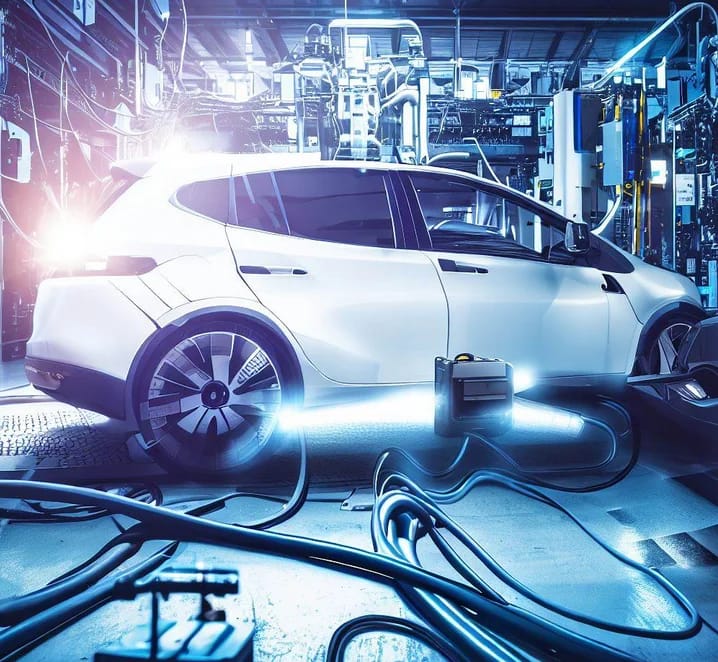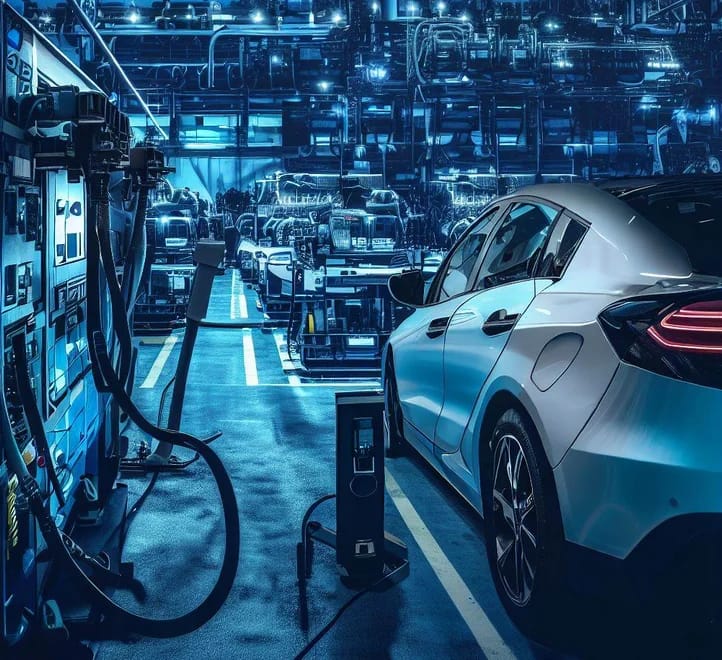When will we only drive electric cars? The auto industry is undergoing a major transition as electric vehicles (EVs) gain increasing market share over traditional gas-powered cars. Many major automakers have announced plans to go all electric over the next 10-15 years, with some premium brands like Jaguar aiming for 2025. Government policies are accelerating this shift, with bans on new gas car sales passed in some states starting in 2035. But an EV future will likely take much longer than automakers’ timelines suggest.
While EV adoption is growing rapidly, helped by improving technology and falling battery prices, EVs still only accounted for about 5% of global car sales in 2021. Forecasts for EV sales in 2030 range from 40-50% of the market, indicating that the majority of vehicles on the road will still have a gas engine during this decade.
Complete transition will take until at least the late 2030s or 2040s.
The main factor slowing EV adoption is the sheer number of gas-powered vehicles already on the road. With an average lifespan of 15 years, gas cars sold today will still be driven into the 2030s. Even if automakers stopped making new gas cars today, it would take 15 years from that point until the last one left the road.
Considering about 280 million gas passenger vehicles were registered in the U.S. in 2021 and only 2 million were EVs, it will take a long time to replace even a significant portion. Even at an ambitious 50% market share in 2030, there may be only around 50-60 million EVs on American roads by that point. That would still leave over 200 million gas-powered cars and trucks.

Manufacturing capacity and battery supply chain issues also constrain how quickly EVs can scale. Building enough battery gigafactories to supply 50-60 million EVs will take time, given that batteries make up around 30% of an EV’s cost. Mining sufficient lithium, cobalt, nickel, and other raw materials is another limitation. Charging infrastructure is a further hurdle, with large investments in public and residential chargers needed to support 100+ million EVs one day.
The speed of change will also depend on consumer attitudes. While interest is rising, some drivers still have range anxiety about EVs or are hesitant about new technology. Lower-income households may have trouble affording EVs’ higher upfront costs or installing home chargers. But government incentives and rebates help make EVs more accessible. If gas prices stay high, that could motivate more consumers to switch.
Ultimately, an electric vehicle future will arrive, but the transition from today’s low single-digit market share will be gradual. If the most ambitious forecasts hold true, EVs sales could surpass 50% by 2030. But the last new gas car likely won’t roll off the line until 2040-2050 or later.
This slower pace of turnover gives automakers, policymakers, and consumers more time to adapt. Companies can retool factories and gradually phase out gas models as EV sales rise. Utility companies can slowly expand generating capacity and grid infrastructure to handle growing electricity demand. Drivers can get accustomed to EVs as more adopt early, working through concerns about range, charging, and cost.
The iconic roar of V8 and V12 gas engines will eventually go quiet. But that EV silence is still decades away for most. The revolution is coming, just not quite as fast the most enthusiastic predictions suggest. This extended transition period means Americans will continue pumping gas into internal combustion engines long after automakers pledge to go all electric.
While the EV transition will be gradual overall, some automakers are charging ahead more aggressively. Companies like Tesla, Volvo, and Mercedes-Benz plan to go all electric faster than rivals.
Tesla is by far the dominant EV maker globally, producing over 936,000 vehicles in 2021. The company’s rapid growth has pressured other automakers to respond. Tesla’s stated goal is an extremely ambitious 20 million EVs per year by 2030.
Meanwhile, Swedish automaker Volvo aims to be a fully electric brand by 2030. The company plans to launch its first EV-only model, the EX90 SUV, later this year. All new Volvo cars launched after that will be electric.

Germany’s Mercedes-Benz also recently announced plans to be ready to go all electric by 2030, depending on market conditions. The company wants EVs to make up half of its sales by 2025.
Other automakers like Toyota and Stellantis ( maker of Jeep and Ram vehicles) are taking a more gradual approach. Their plans focus on hybrid and plug-in hybrid models in the near term before transitioning to mostly or all electric lineups over the next 10-15 years.
Government policy at both the federal and state level is accelerating the EV transition in the U.S. The bipartisan infrastructure bill passed in 2021 included $7.5 billion to build out a national charging network. States like California and New York have committed to banning new gas car sales starting in 2035.
The infrastructure bill aims to construct a network of 500,000 EV chargers across America. This influx of funding will help increase charging accessibility and alleviate range anxiety concerns. Installing fast chargers along highway corridors is a priority.
States implementing Zero Emission Vehicle (ZEV) mandates require automakers to sell a rising percentage of electric models. Twelve states and Washington D.C. have adopted California’s ZEV program so far. These purchase mandates give companies incentive to expand their EV offerings faster.
Some states including California, Massachusetts, and Washington have gone further by passing laws to phase out new gas car sales by 2035. Virginia recently joined this list as well. While ambitious, these bans still give residents 15+ years to adopt EVs as their next new vehicle purchase.
Read More: EV Charging Business Models
At the federal level, the Inflation Reduction Act passed in 2022 reinstated a $7,500 tax credit for new EV purchases through 2032. Buyers can now qualify for up to $4,000 in used EV tax credits too. These incentives make EVs more affordable and accessible for mainstream consumers.
While policy and technology are aligning to enable the EV revolution, some barriers persist. Building public awareness and education around EVs will be key. Misconceptions remain about upfront costs, charging requirements, and total cost of ownership compared to gas vehicles. Test driving opportunities could help more consumers become comfortable with making the switch.
Range anxiety also lingers for some potential buyers. But as batteries continue to improve and fast chargers proliferate, range concerns should gradually diminish. Automakers also need to continue expanding EV model options across vehicle classes – not just sedans, but also SUVs, trucks and minivans.
The EV transition will take time. But momentum is clearly building from policy, innovation, and consumer interest. In the coming decades, the sights and sounds of gas stations and tailpipes will slowly give way to a cleaner, quieter all-electric future on American roadways.